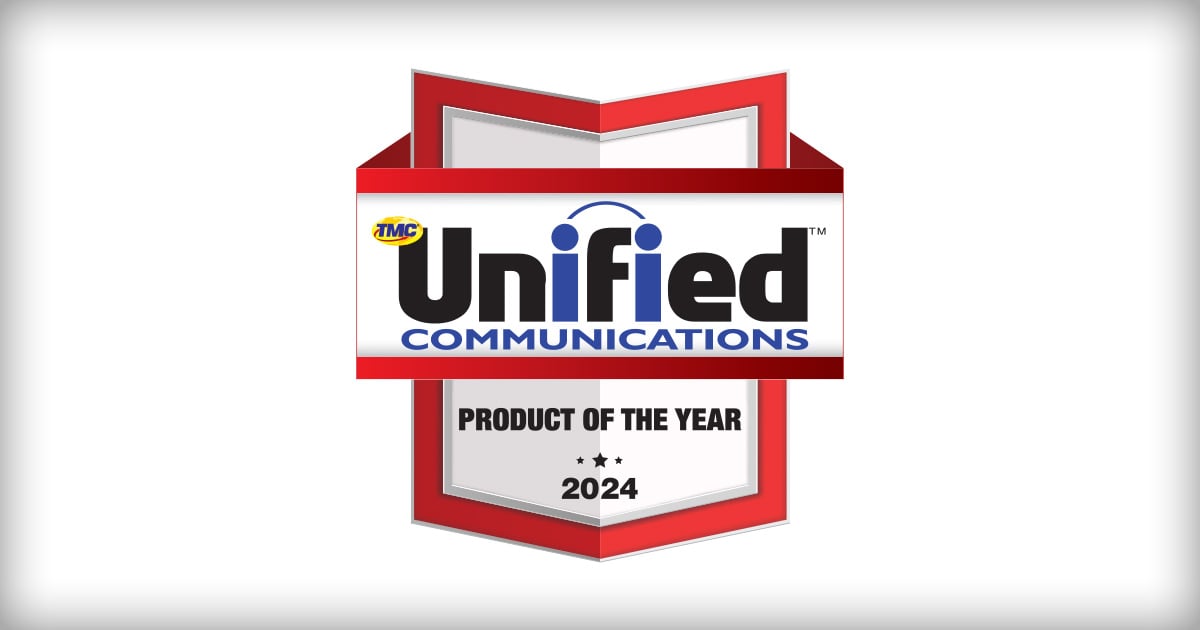
If you refuse to answer your phone anymore unless it’s actually a number you know, you’re probably one of a growing number of people who just don’t trust their incoming calls aren’t from scammers. To avoid dealing with the potential headaches, it’s just easier to not answer and respond to legitimate calls later.
Why has it come to this? One could say there are 106 billion reasons – the number of unwanted robocalls Americans received last year. Both nuisance and high-risk calls grew by more than 40% from 2018, and overall, the rate of robocalls increased as the year went one, with the second half of 2019 seeing a 70% increase from the second half of 2018.
A major concern is the increase in spoofing of legitimate toll-free numbers, which poses a very real threat to consumers who may not realize they aren’t talking to the actual brand. For instance, a call might look like it’s coming from 800-642-7676. That’s Microsoft’s (News - Alert) main customer service number. In reality, though, it’s a scammer looking to get information or worse, have you get on your computer and unknowingly enable access to your data and network under the guise of patching a security hole or some other action.
Neighbor spoofing – where bad actors spoof local prefixes to make it look like a local caller, increasing the likelihood people will answer – also grew by 40%. It’s one of the reasons many people have simply stopped answering inbound calls.
The good news is technologies exist to help identify robocallers, including the use of STIR/SHAKEN protocol to certify the security of inbound numbers. Despite the increase in robocalls, it appears the biggest phone carriers are aggressively working to combat robocallers, as only 11% of high-risk robocalls come from the six largest U.S. carriers – AT&T (News - Alert), CenturyLink, Comcast, Spring, T-Mobile, Verizon).
That means an overwhelming 89% of high-risk calls are coming from smaller carriers, and scammers will likely increase their activity on those networks as a result. That means all those Tier 2 and smaller carriers need to implement strategies to combat these threats to maintain a high level of customer satisfaction and reduce risk of subscriber defection to larger carriers who are already addressing the situation.
Robocalling and STIR/SHAKEN was a key area of discussion at the recent ITEXPO, part of the TechSuperShow, in Ft. Lauderdale. The 2021 edition will take place June 22-25, 2021 at the brand new Miami Beach Convention Center, and will continue to explore the biggest needs service providers face as they seek to protect subscribers, create positive customer experiences, and increase revenues.
Edited by
Erik Linask





